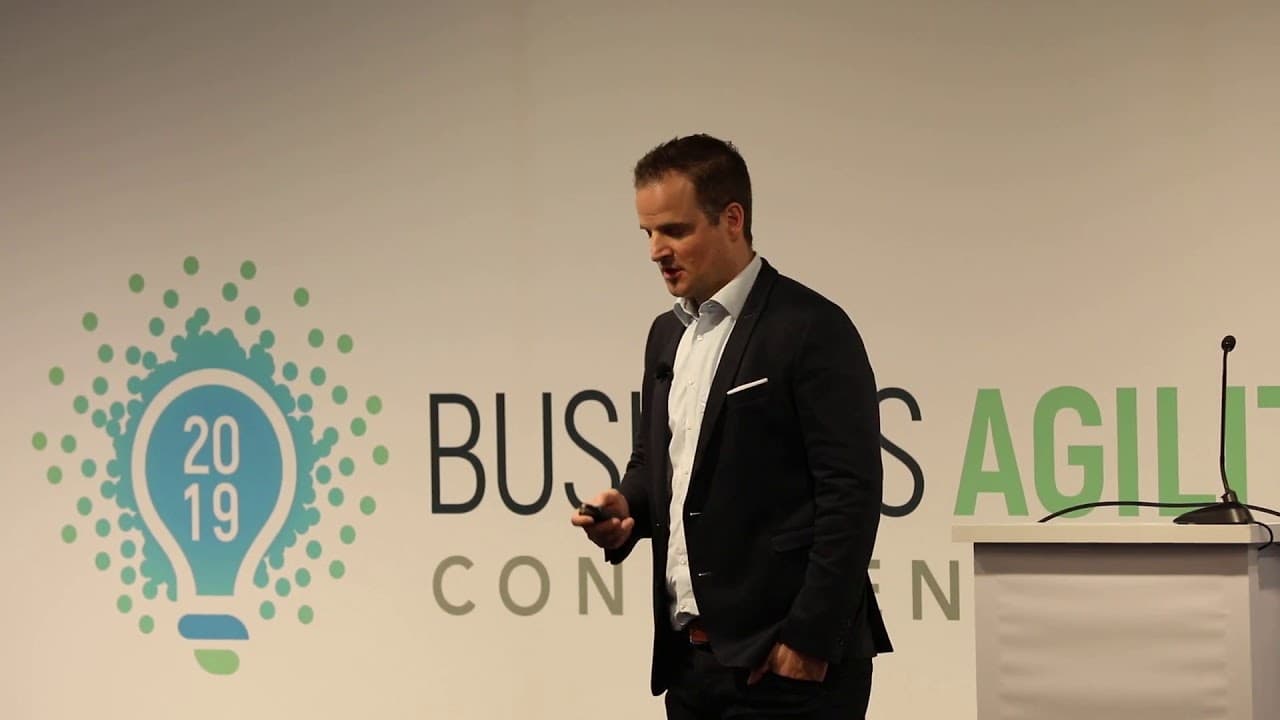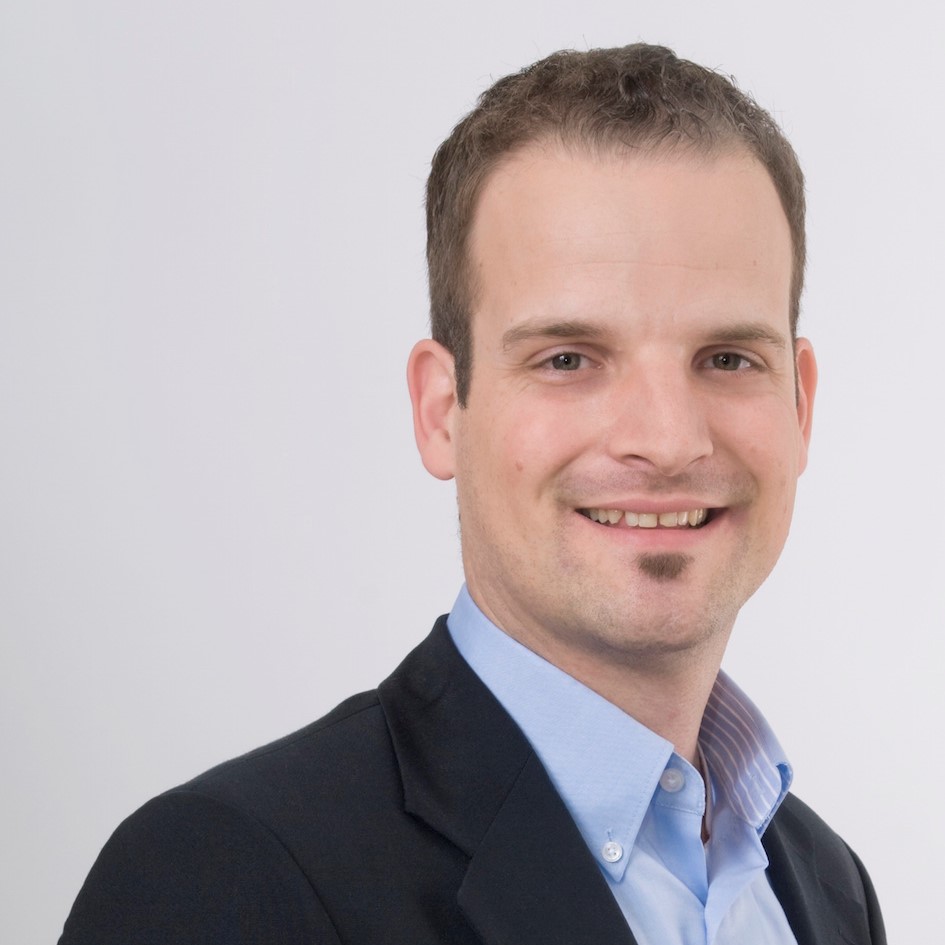I'm very excited to be here. We have something special to share—a success story in a domain that no one expected. In fact, this domain had been largely forgotten by the agile community. We have accomplished twice the work in half the time, in a highly regulated environment, with a team that was completely new to agile.
The Story of CKW: A Swiss Energy Company
CKW is a Swiss energy company with 1,700 employees and an annual revenue of 850 million. The transformation began with one man—a single Scrum Master named HP. He was driving change, regardless of his position at the bottom of the hierarchy. He was constantly looking for new ways to improve collaboration. And as a side note, he was just one year away from retirement, yet he still cared deeply about making an impact. This is his story.
Because he had the most experience with agile in this environment, HP was given a new task: introduce a collaboration and communication platform. He received a milestone from top management: "By October 1st, we need this platform delivered." Thank you for this job!
But he immediately realized a problem. If they followed the traditional approach, they would spend six to twelve months just preparing the contract. That would leave no time for actual delivery. To make matters worse, CKW didn’t even have the required capabilities in-house, meaning they would need a partner. That’s when HP reached out to us and asked: "Isn’t there a better way—something more agile?"
The Lean Agile Procurement Approach
Our response was simple: Yes, there is a better way. We have developed an approach that has now become a movement worldwide. It’s called Lean Agile Procurement. The idea is straightforward—bring the right people together from the very start.
No more endless handovers. Even the legal and procurement teams became part of the core team from the very beginning. Everyone needed to be involved to achieve the goals. HP immediately saw the potential: "Wow! That sounds awesome! So we can spend more time delivering value?"
But to succeed, we needed a radical mindset shift. The era of 100-page specification documents was over. In a world of uncertainty, user feedback is critical. If users only see the product for the first time at the end of the project, most ideas will already be outdated. We needed to work more like startups—accepting uncertainty and embracing an iterative, feedback-driven approach.
The Lean Procurement Canvas
Let me introduce the tool that guided us through this process: the Lean Procurement Canvas.
The canvas is divided into two sections:
- Left side: The customer—who is looking for a partner, product, or service.
- Right side: The supplier—who will deliver the solution.
At the center of the canvas, we focus on why this initiative is needed. What business objectives does it support? What are the goals and vision? If these questions can’t be answered, the initiative doesn’t start—because without a clear purpose, there is no value.
On the right side, we define what the customer needs. Engineers often jump to solutions, but first, we need to clarify the actual needs. Who are the end users? It's not just the business paying for the project—it’s the people who will actually use it.
On the left, we focus on how those needs will be met. This could involve services, products, or a combination of both. And the most important but often forgotten aspect: the people. Instead of anonymous buyers and suppliers, we put names on the canvas—real people who will collaborate in an agile way.
How We Applied Lean Agile Procurement at CKW
First, we set up a cross-functional team and aligned on business goals and vision. Then, we invited 50 real users to a four-hour workshop to define and prioritize their needs. The team consolidated these needs into a single priority list.
One month later, we invited three potential vendors for a two-day big room event. Each vendor had full transparency—everyone had access to the same information, and CKW's team was available at all times for discussions.
Before selecting a vendor, we conducted a live proof of concept. Vendors estimated user stories in front of us, revealing their true capabilities. Some claimed to be "agile for 10 years," yet they struggled with basic estimation techniques. This was an eye-opener for CKW: they needed a partner with real agile experience to help them move forward.
The Outcome
At the end of the second day, the team (not the CFO) made the decision: "This is our partner." The transition was seamless—an agile team was already in place, so they could continue working immediately.
Key Results:
- 4x faster than traditional procurement methods.
- 50% less effort compared to the classic approach.
- 65% of the estimated cost—saving significant budget.
- Teams worked only two days per week on procurement—plenty of room to improve.
- Vendors found the process more efficient and requested to use this method in future procurements.
The most surprising finding? The CKW team did not have high agile expertise, yet they learned on the job. Traditional procurement processes often result in excessive scope, but by asking users to prioritize their needs, we avoided unnecessary features. When we asked users, "If you run out of budget, what could you skip?", those items never became part of the scope.
Recognition and Future Adoption
Our work at CKW has been recognized by the procurement community. Agile procurement is gaining traction, and next time you speak to a procurement professional, they might ask: "Do you know about agile procurement? Can you do that?"
But you don’t need to apply the full process to benefit from it. Take small parts—use it for offers, assessments, or team collaboration. Everyone can be an HP—step out of your comfort zone, seek buy-in, and drive change.
Final Thoughts
This approach creates a win-win for everyone. If you want to learn more, our case studies are available in the Business Agility Institute Library, and you can download the Lean Procurement Canvas for free—it’s open source.
Thank you very much for your attention!



 The award-winning success of the CKW Group is a striking lesson in how to achieve significant improvement in time-to-market with numerous other benefits.
The award-winning success of the CKW Group is a striking lesson in how to achieve significant improvement in time-to-market with numerous other benefits.